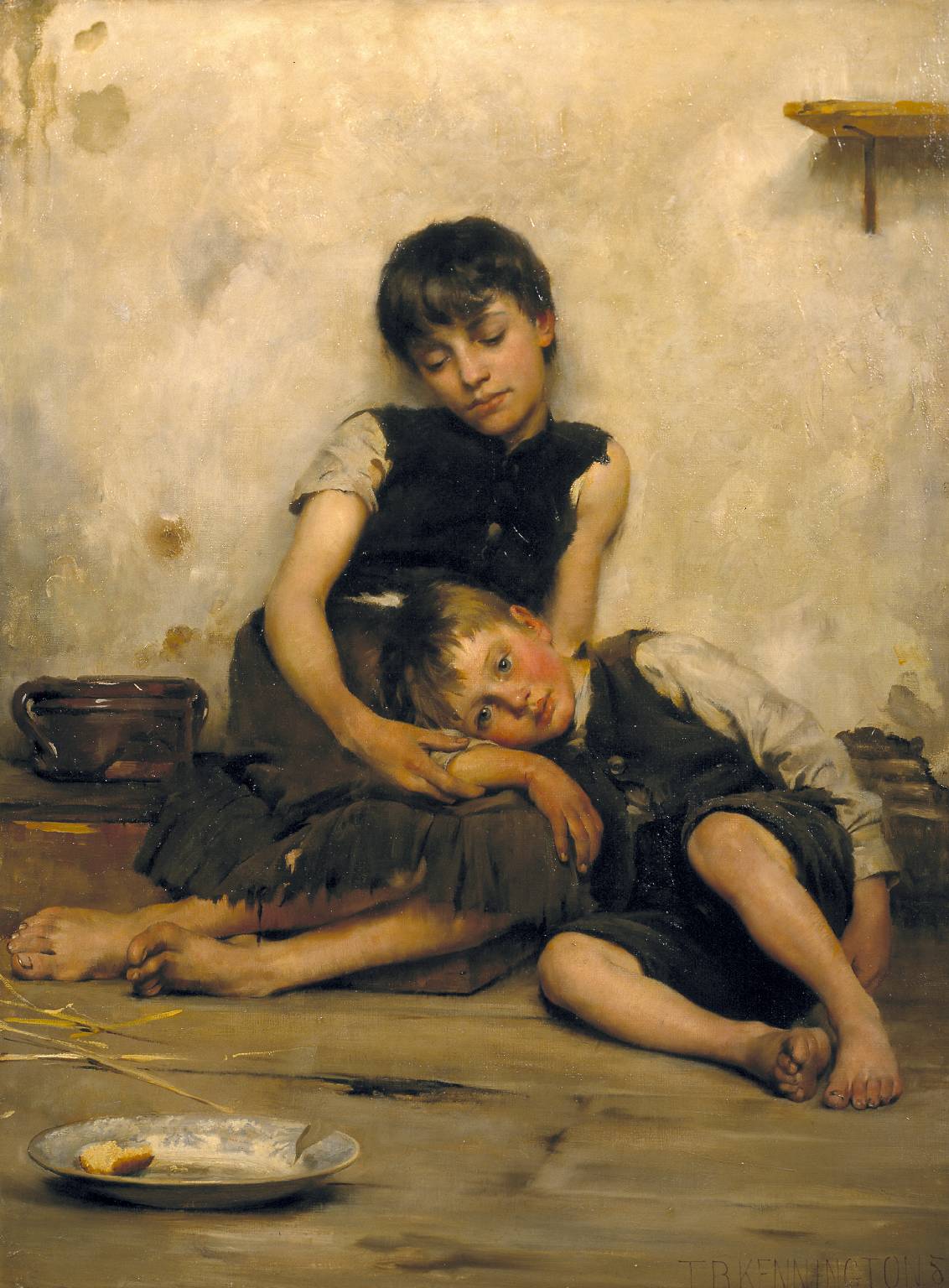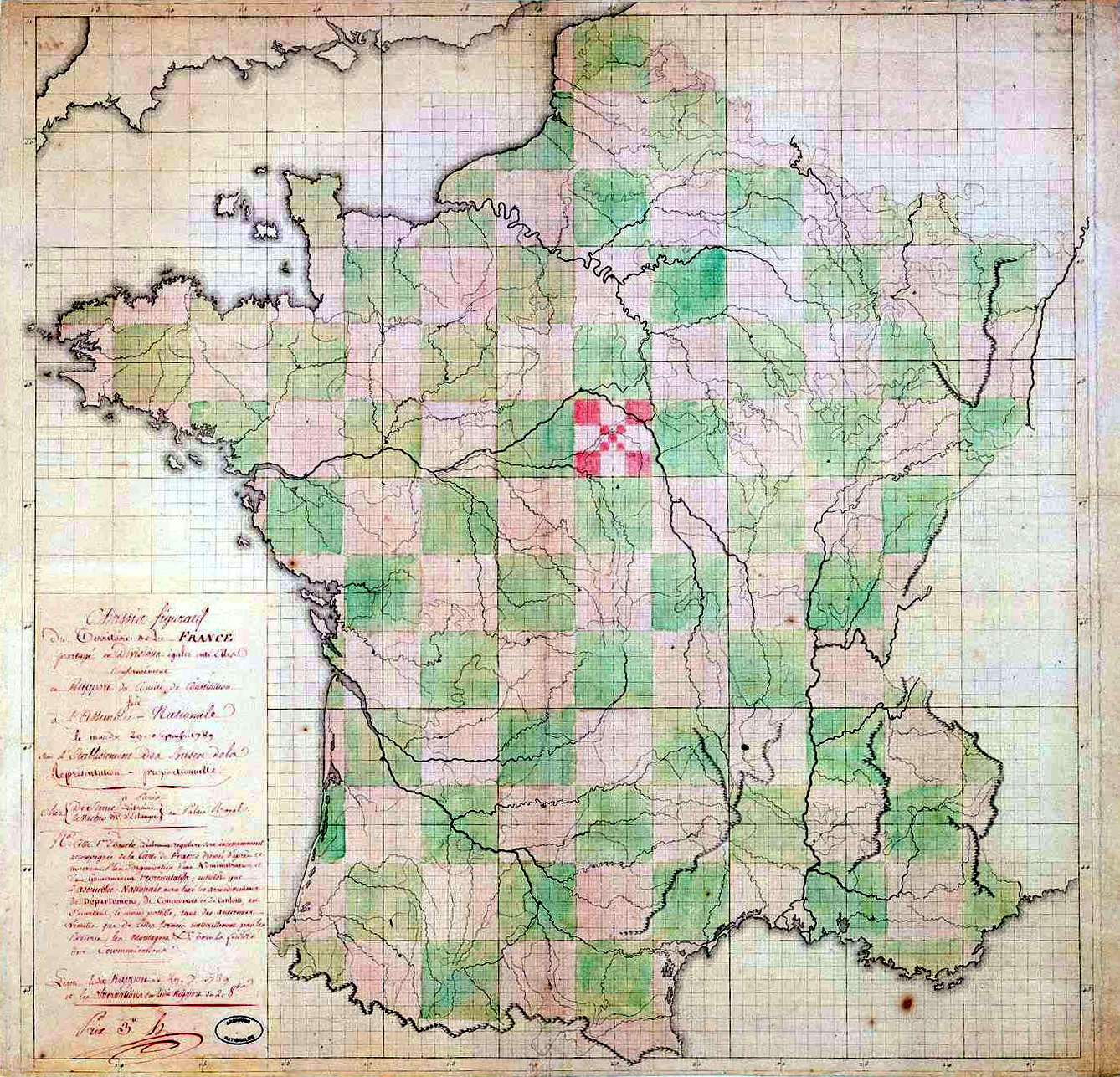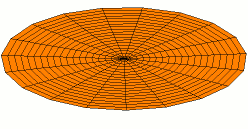|
Joseph Fourier
Jean-Baptiste Joseph Fourier (; ; 21 March 1768 – 16 May 1830) was a French mathematician and physicist born in Auxerre, Burgundy and best known for initiating the investigation of Fourier series, which eventually developed into Fourier analysis and harmonic analysis, and their applications to problems of heat transfer and vibrations. The Fourier transform and Thermal conduction#Fourier's law, Fourier's law of conduction are also named in his honour. Fourier is also generally credited with the discovery of the greenhouse effect. Biography Fourier was born in Auxerre (now in the Yonne département of France), the son of a tailor. He was orphaned at the age of nine. Fourier was recommended to the Bishop of Auxerre and, through this introduction, he was educated by the Benedictine Order of the Convent of St. Mark. The commissions in the scientific corps of the army were reserved for those of good birth, and being thus ineligible, he accepted a military lectureship on mathematics. ... [...More Info...] [...Related Items...] OR: [Wikipedia] [Google] [Baidu] |
Auxerre
Auxerre ( , , Burgundian language (Oïl), Burgundian: ''Auchoirre'') is the capital (Prefectures in France, prefecture) of the Yonne Departments of France, department and the fourth-largest city in the Burgundy historical region southeast of Paris. Auxerre's population today is about 35,000; the urban area (''aire d'attraction'') comprises roughly 111,000 inhabitants. Residents of Auxerre are referred to as ''Auxerrois''. Auxerre is a commercial and industrial centre, with industries including food production, woodworking and batteries. Nearby areas are also noted for the production of Burgundy wine, including Chablis. In 1995 Auxerre was named a "French Towns and Lands of Art and History, Town of Art and History". Geography Auxerre lies on the river Yonne (river), Yonne and the Canal du Nivernais, about 150 km southeast of Paris and 120 km northwest of Dijon. The A6 autoroute (Paris–Lyon) passes northeast of the city. Auxerre-Saint-Gervais station has rail connecti ... [...More Info...] [...Related Items...] OR: [Wikipedia] [Google] [Baidu] |
Fourier–Motzkin Elimination
Fourier–Motzkin elimination, also known as the FME method, is a mathematical algorithm for eliminating variables from a system of linear inequalities. It can output real solutions. The algorithm is named after Joseph Fourier who proposed the method in 1826 and Theodore Motzkin who re-discovered it in 1936. Elimination The elimination of a set of variables, say ''V'', from a system of relations (here linear inequalities) refers to the creation of another system of the same sort, but without the variables in ''V'', such that both systems have the same solutions over the remaining variables. If all variables are eliminated from a system of linear inequalities, then one obtains a system of constant inequalities. It is then trivial to decide whether the resulting system is true or false. It is true if and only if the original system has solutions. As a consequence, elimination of all variables can be used to detect whether a system of inequalities has solutions or not. Consider a ... [...More Info...] [...Related Items...] OR: [Wikipedia] [Google] [Baidu] |
Bishop Of Auxerre
The diocese of Auxerre () is a former French Roman Catholic diocese. Its historical episcopal see was in the city of Auxerre in Burgundy, now part of eastern France. Currently the non-metropolitan Archbishop of Sens, ordinary of the diocese of Sens and Auxerre, resides in Auxerre. Ecclesiastical history The ''Gesta pontificum Autissiodorensium'', written about 875 by the canons Rainogala and Alagus, and later continued up to 1278, gives a list of bishops of Auxerre. Louis Duchesne regards the list as mostly accurate, but very arbitrary in its dates prior to the 7th century. Auxerre is remarkable among French churches for the number of its bishops who have come to be regarded as saints. Bishops of the original ''Gesta'' Peregrine of Auxerre (Pélérin 'pilgrim') was the founder of the See of Auxerre; according to the legend, he was sent by Pope Sixtus II and was martyred under Emperor Diocletian in 303 or 304. After Peregrine, the original 870s ''Gesta'' list: * Marcellianu ... [...More Info...] [...Related Items...] OR: [Wikipedia] [Google] [Baidu] |
Orphaned
An orphan is a child whose parents have died, are unknown, or have permanently abandoned them. It can also refer to a child who has lost only one parent, as the Hebrew language, Hebrew translation, for example, is "fatherless". In some languages, such as Swedish language, Swedish, the term is "parentless" and more ambiguous about whether the parents are dead, unknown or absconded, but typically refers to a child or younger adult. In common usage, only a child who has lost both parents due to death is called an orphan. When referring to animals, only the mother's condition is usually relevant (i.e., if the female parent has gone, the offspring is an orphan, regardless of the father's condition). Definitions Various groups use different definitions to identify orphans. One legal definition used in the United States is a minor (law), minor bereft through "death or disappearance of, abandonment or desertion by, or separation or loss from, both parents". In everyday use, an orphan ... [...More Info...] [...Related Items...] OR: [Wikipedia] [Google] [Baidu] |
Tailor
A tailor is a person who makes or alters clothing, particularly in men's clothing. The Oxford English Dictionary dates the term to the thirteenth century. History Although clothing construction goes back to prehistory, there is evidence of tailor shops in Ancient Greece and Rome, as well as tailoring tools such as irons and shears. The profession of tailor in Europe became formalized in the High Middle Ages through the establishment of guilds. Tailors' guilds instituted a system of masters, journeymen, and apprentices. Guild members established rules to limit competition and establish quality standards. In 1244, members of the tailor's guild in Bologna established statutes to govern their profession and required anyone working as a tailor to join the guild. In England, the Statute of Artificers, passed in 1563, included the profession of tailor as one of the trades that could be entered only by serving a term of apprenticeship, typically seven years. A typical tailo ... [...More Info...] [...Related Items...] OR: [Wikipedia] [Google] [Baidu] |
Département
In the administrative divisions of France, the department (, ) is one of the three levels of government under the national level (" territorial collectivities"), between the administrative regions and the communes. There are a total of 101 departments, consisting of ninety-six departments in metropolitan France, and five overseas departments, which are also classified as overseas regions. Departments are further subdivided into 333 arrondissements and 2,054 cantons (as of 2023). These last two levels of government have no political autonomy, instead serving as the administrative basis for the local organisation of police, fire departments, and, in certain cases, elections. Each department is administered by an elected body called a departmental council ( , ). From 1800 to April 2015, these were called general councils ( , ). Each council has a president. Their main areas of responsibility include the management of a number of social and welfare allowances, of junior hi ... [...More Info...] [...Related Items...] OR: [Wikipedia] [Google] [Baidu] |
Yonne
Yonne (, in Burgundian: ''Ghienne'') is a department in the Bourgogne-Franche-Comté region in France. It is named after the river Yonne, which flows through it, in the country's north-central part. One of Bourgogne-Franche-Comté's eight constituent departments, it is located in its northwestern part, bordering Île-de-France. It was created in 1790 during the French Revolution. Its prefecture is Auxerre, with subprefectures in Avallon and Sens. Its INSEE and postcode number is 89. Yonne is Bourgogne-Franche-Comté's fourth-most populous department, with a population of 335,707 (2019).Populations légales 2019: 89 Yonne INSEE Its largest city is its prefecture Auxerre, with a population of about 35,000 within city limits and 68,000 in the urban area. History The firs ...[...More Info...] [...Related Items...] OR: [Wikipedia] [Google] [Baidu] |
Greenhouse Effect
The greenhouse effect occurs when greenhouse gases in a planet's atmosphere insulate the planet from losing heat to space, raising its surface temperature. Surface heating can happen from an internal heat source (as in the case of Jupiter) or come from an external source, such as its host star. In the case of Earth, the Sun emits shortwave radiation (sunlight) that passes through greenhouse gases to heat the Earth's surface. In response, the Earth's surface emits outgoing longwave radiation, longwave radiation that is mostly Absorption (electromagnetic radiation), absorbed by greenhouse gases. The absorption of longwave radiation prevents it from reaching space, reducing the rate at which the Earth can cool off. Without the greenhouse effect, the Earth's average surface temperature would be as cold as . This is of course much less than the 20th century average of about . In addition to naturally present greenhouse gases, burning of fossil fuels has greenhouse gas emissions, in ... [...More Info...] [...Related Items...] OR: [Wikipedia] [Google] [Baidu] |
Thermal Conduction
Thermal conduction is the diffusion of thermal energy (heat) within one material or between materials in contact. The higher temperature object has molecules with more kinetic energy; collisions between molecules distributes this kinetic energy until an object has the same kinetic energy throughout. Thermal conductivity, frequently represented by , is a property that relates the rate of heat loss per unit area of a material to its rate of change of temperature. Essentially, it is a value that accounts for any property of the material that could change the way it conducts heat. Heat spontaneously flows along a temperature gradient (i.e. from a hotter body to a colder body). For example, heat is conducted from the hotplate of an electric stove to the bottom of a saucepan in contact with it. In the absence of an opposing external driving energy source, within a body or between bodies, temperature differences decay over time, and thermal equilibrium is approached, temperature becom ... [...More Info...] [...Related Items...] OR: [Wikipedia] [Google] [Baidu] |
Vibration
Vibration () is a mechanical phenomenon whereby oscillations occur about an equilibrium point. Vibration may be deterministic if the oscillations can be characterised precisely (e.g. the periodic motion of a pendulum), or random if the oscillations can only be analysed statistically (e.g. the movement of a tire on a gravel road). Vibration can be desirable: for example, the motion of a tuning fork, the reed in a woodwind instrument or harmonica, a mobile phone, or the cone of a loudspeaker. In many cases, however, vibration is undesirable, wasting energy and creating unwanted sound. For example, the vibrational motions of engines, electric motor An electric motor is a machine that converts electrical energy into mechanical energy. Most electric motors operate through the interaction between the motor's magnetic field and electric current in a electromagnetic coil, wire winding to gene ...s, or any Machine, mechanical device in operation are typically unwanted. ... [...More Info...] [...Related Items...] OR: [Wikipedia] [Google] [Baidu] |
Heat Transfer
Heat transfer is a discipline of thermal engineering that concerns the generation, use, conversion, and exchange of thermal energy (heat) between physical systems. Heat transfer is classified into various mechanisms, such as thermal conduction, Convection (heat transfer), thermal convection, thermal radiation, and transfer of energy by phase changes. Engineers also consider the transfer of mass of differing chemical species (mass transfer in the form of advection), either cold or hot, to achieve heat transfer. While these mechanisms have distinct characteristics, they often occur simultaneously in the same system. Heat conduction, also called diffusion, is the direct microscopic exchanges of kinetic energy of particles (such as molecules) or quasiparticles (such as lattice waves) through the boundary between two systems. When an object is at a different temperature from another body or its surroundings, heat flows so that the body and the surroundings reach the same temperature, ... [...More Info...] [...Related Items...] OR: [Wikipedia] [Google] [Baidu] |
Harmonic Analysis
Harmonic analysis is a branch of mathematics concerned with investigating the connections between a function and its representation in frequency. The frequency representation is found by using the Fourier transform for functions on unbounded domains such as the full real line or by Fourier series for functions on bounded domains, especially periodic functions on finite intervals. Generalizing these transforms to other domains is generally called Fourier analysis, although the term is sometimes used interchangeably with harmonic analysis. Harmonic analysis has become a vast subject with applications in areas as diverse as number theory, representation theory, signal processing, quantum mechanics, tidal analysis, spectral analysis, and neuroscience. The term "harmonics" originated from the Ancient Greek word ''harmonikos'', meaning "skilled in music". In physical eigenvalue problems, it began to mean waves whose frequencies are integer multiples of one another, as are the freq ... [...More Info...] [...Related Items...] OR: [Wikipedia] [Google] [Baidu] |




